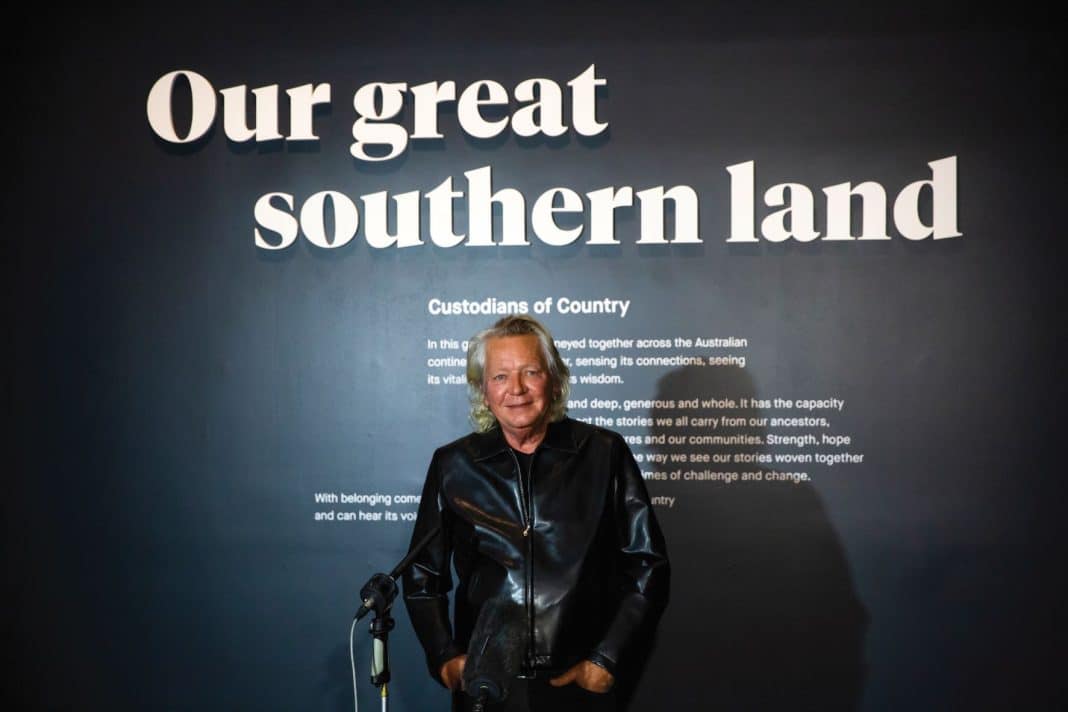In a small shaky room of an inner Sydney house, one of Australia’s greatest anthems was born. Iva Davies wrote Great Southern Land between the bustle of busses passing by and planes overhead, having to wear headphones to hear himself work. Now, 40 years after its release, the song has been further immortalised as the title of the new permanent gallery at the National Museum of Australia.
Celebrated with an Icehouse performance of the title track, the Great Southern Land Gallery was officially opened on Thursday 15 September. Visitors are invited to walk with the ghosts of time as they pass through four chapters that explore Australia’s rich history. Entry is through the Bunya forest, where the 7.5m-tall trunks have been made from casts of living trees in South East Queensland.
Once inside, experience the wonders of Australia with the great animals like the life-sized orcas that helped whalers hunt humpbacks, or the taxidermy saltwater crocodile, a prehistoric apex predator. There are manmade marvels such as jewellery created with finds from our goldfields, a whalebone corset, and bush toys of the Arrente children. The gallery captures the diversity of Australia’s natural riches with a wall of various minerals collected from Broken Hill and a crisp documentary of Uluru.
While the new gallery can’t include everything from our past, it does a phenomenal job of highlighting significant elements of the Australian experience.
“The creators face the same dilemma I did with a song; we cannot capture everything,” Davies said. “But certainly, there are enough things to give you incredible insights into very specialised bits of Australia and history and ask a lot of questions, which, I guess, is probably the most important thing about an exhibition.”
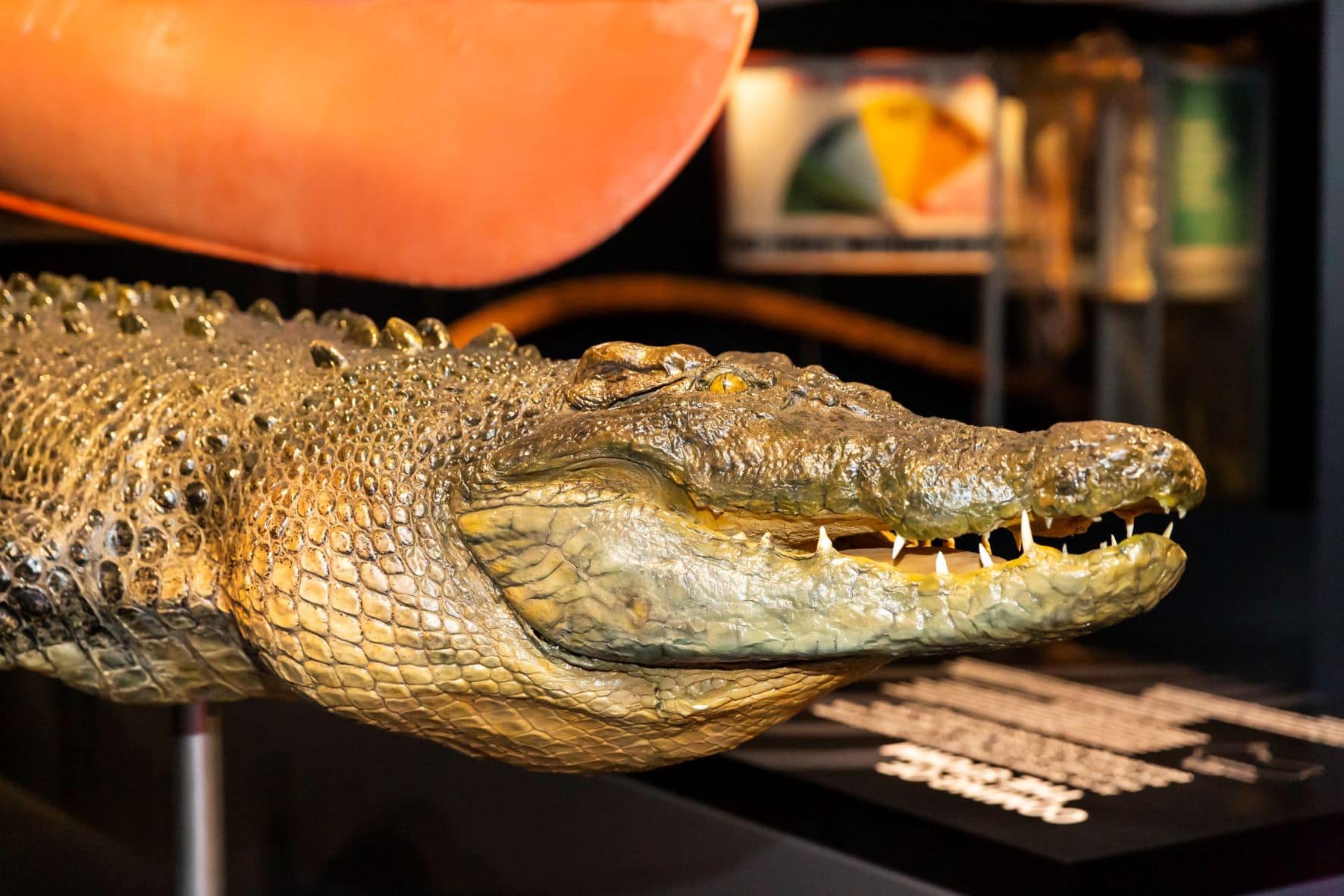

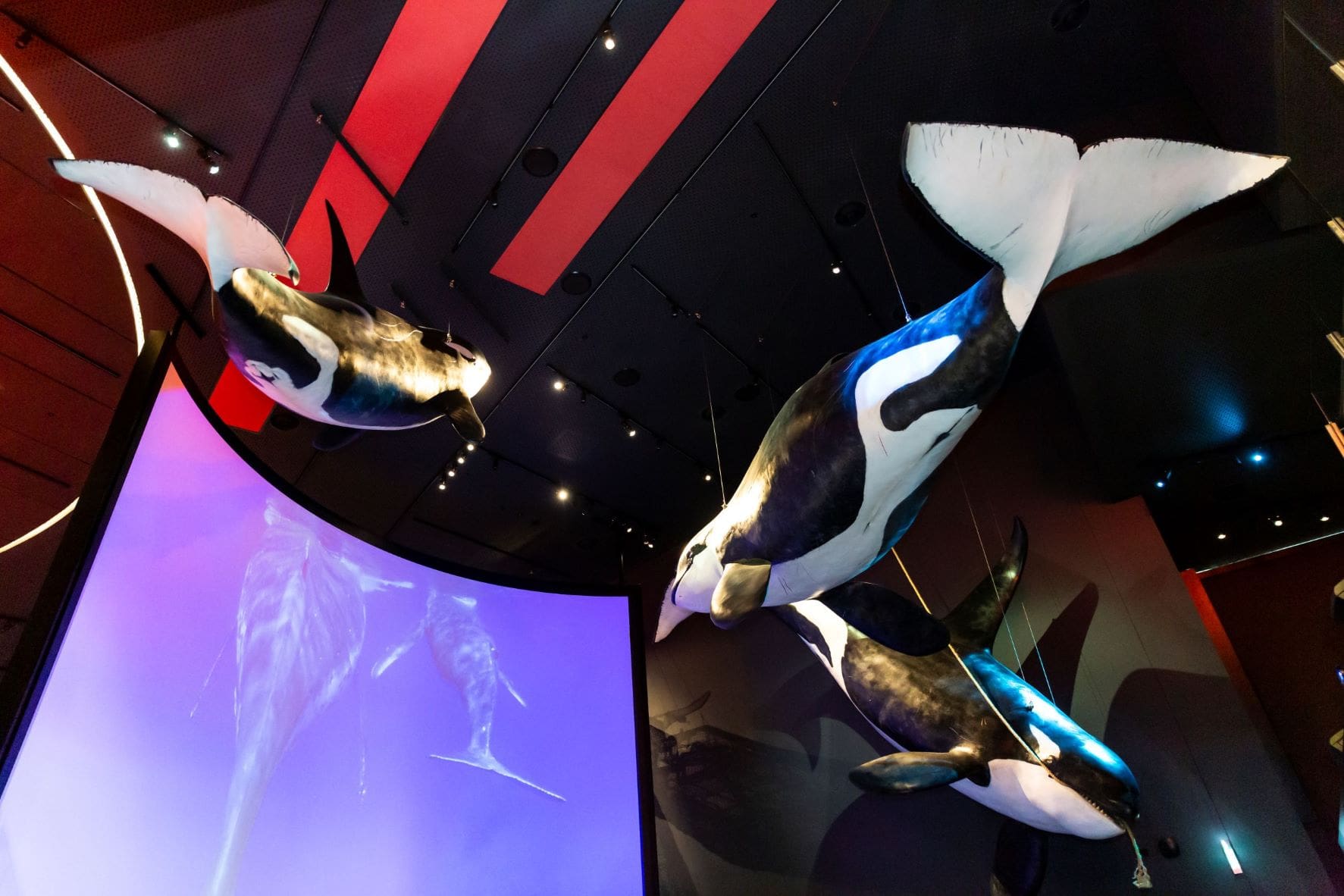
Davies wrote the iconic song after returning from his first international tour; during the six months they were away Circular Quay in Sydney installed its first McDonalds. Davies reflected on the history of the country then; if he was to do the same now, he doesn’t think he would change much in the classic hit. He says that the changes are noticeable in the cities but once you leave them it’s just how it always has been.
“Lots of things have changed, lots of things haven’t changed,” Davies said. “Only two weeks ago we played at Uluru and I had the great fortune to take my son, who is a guitarist. We did that flight across central Australia, across Lake Eyre and I think his head exploded the same way mine did when we were going off on that first international tour. I guess that was the first lightbulb moment for me that triggered the song. I looked at it and went, ‘no, this has not changed; this is fantastic’.”
The event also marked the official launch of the Tim and Gina Fairfax Discovery Centre. The two refurbishments have been the Museum’s largest since opening in 2001 and have reimagined a third of the complex with an impressive $34 million spend.
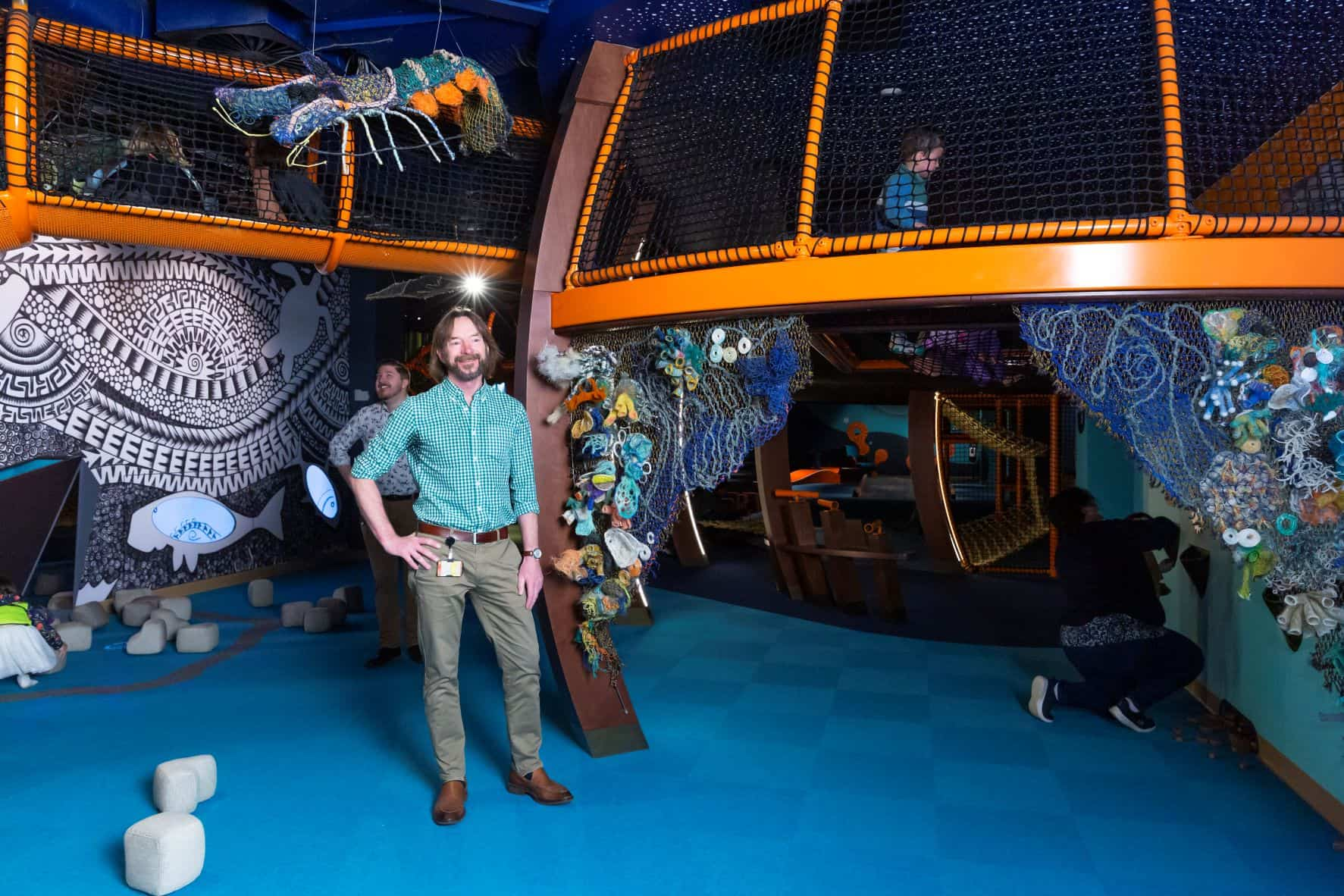
The discovery centre is a place for children to do things most of them are itching to do at any museum – play with all the fun items on display! Each section relates to an item in one of the exhibitions and encourages children to learn through self-directed, play-based principles.
“The kids can learn about this and then if the parents want to take it a step further, they can go in the galleries and see the objects that directly relate to these stories,” said curator, Dr Jonathan Lineen.
Dr Lineen said the reason he works for the Museum was from bringing his own children there when they were young. A member of staff joked that he was there so much, he should work there – and now he does! Work on the new discovery centre began in 2017, consulting with early education experts, parents, and children to understand what they wanted from the space.
“I asked them at one point ‘what do kids really get at the Museum?’ Right away they said that it was animals. We knew we had to structure it around animal stories, and the advantage of that was that animals were part of the landscape and that connects this space with the new environmental history gallery,” he said.
Australian animal stories have been channelled into five defined sections. The quiet area is based on the Wiradjuri story of how the Kangaroo got her pouch, with comfortable reading pods mimicking the experience of a joey in its mother’s pouch. Australia’s most famous sheep, Chris, makes an appearance in an active play where children experience what it would be like moving through the shearing shed. Gelam, a myth from the Torres Strait, engages children in team-building and cognitive exercises, while Trim, Matthew Flinders’ feline passenger, hides in amongst the rigging of the ship in an area focused on gross motor skills while learning what life was like for a cat on a ship in the 18th century. Last but not least, imagination is sparked when children dress up in the Bunyip billabong.
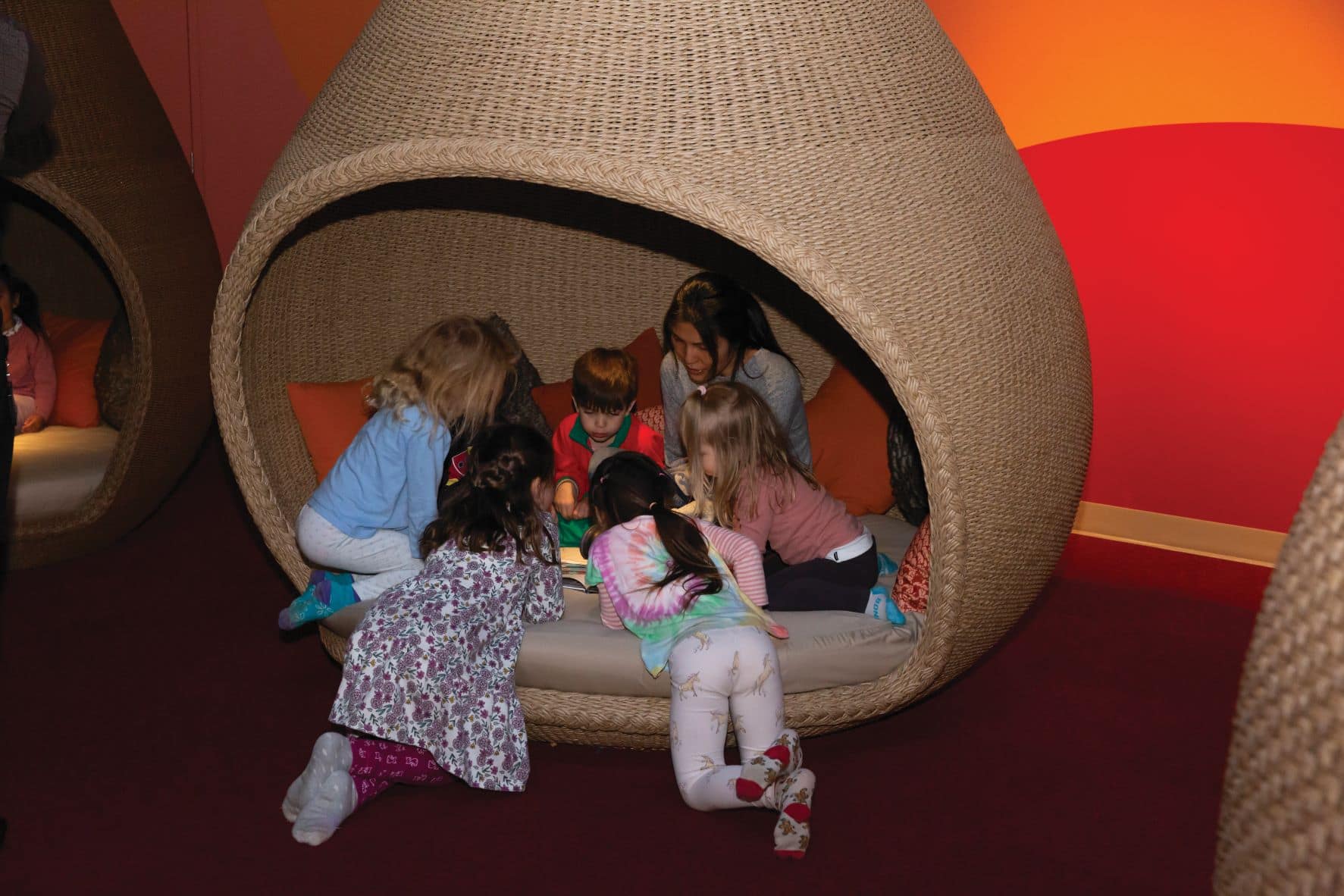
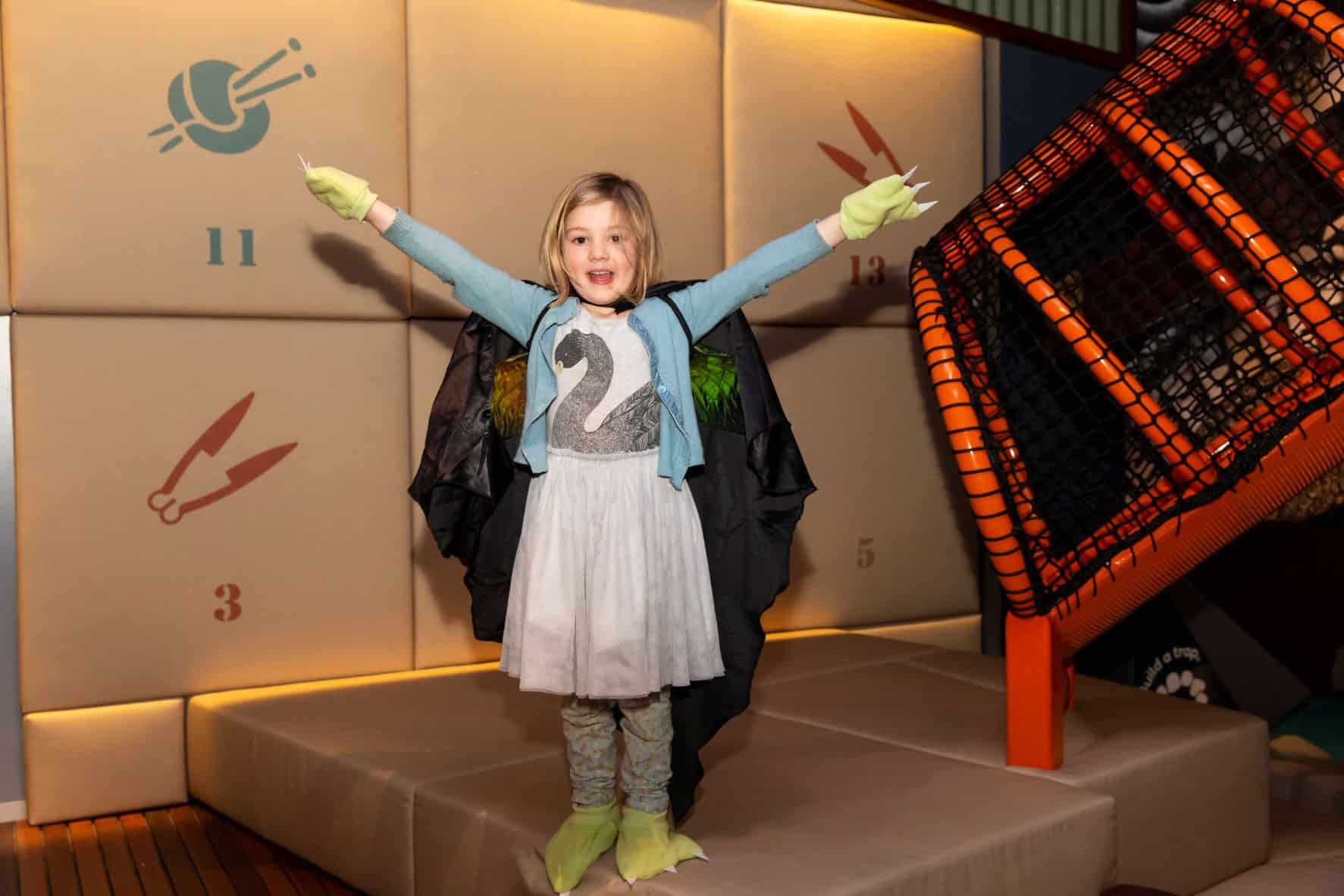
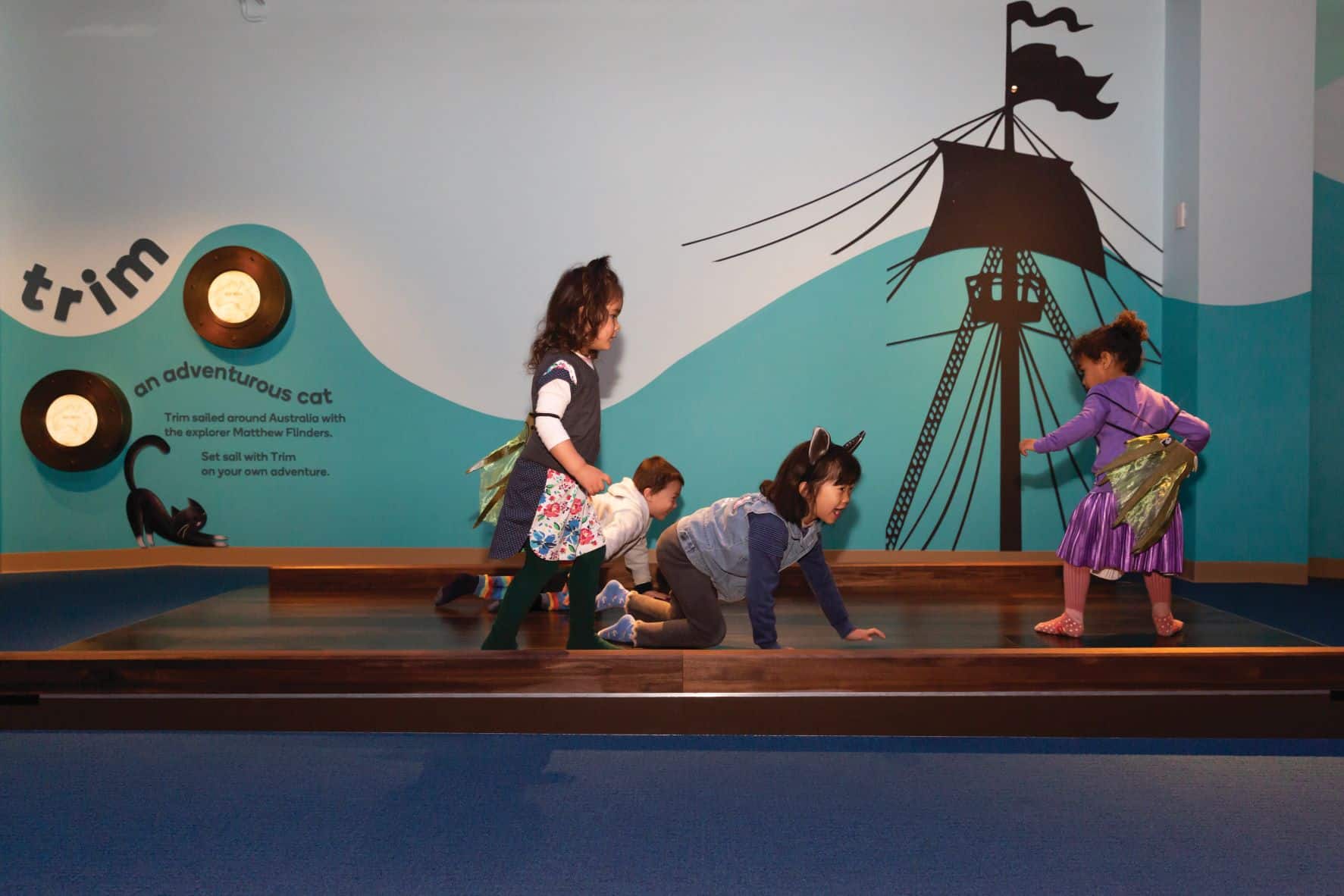
Alongside the play area, there is room for children to be creative at tables and a mini museum exhibition encased in glass. The objects displayed relate either to the stories being told in the discovery centre or speak to what connects museums and children, a love of collecting. By displaying items from different time periods, the museum aims to spark conversation between child and carer about how things change over time.
“I wish I had this space when my kids were little. There is so much area for conversation here. So much area for them to learn about Australian history without having it banged on their head. You can come back again and again and there are more questions.”
The Discovery Centre is open for multiple 75-minute sessions each day with prices starting at $15 for one child and adult. Once a month, the Centre will host a free-to-play day, while entry is always free for Museum friends members.
Learn more about what’s on at the Museum via nma.gov.au
Get local, national and world news, plus sport, entertainment, lifestyle, competitions and more delivered straight to your inbox with the Canberra Daily Daily Newsletter. Sign up here.

